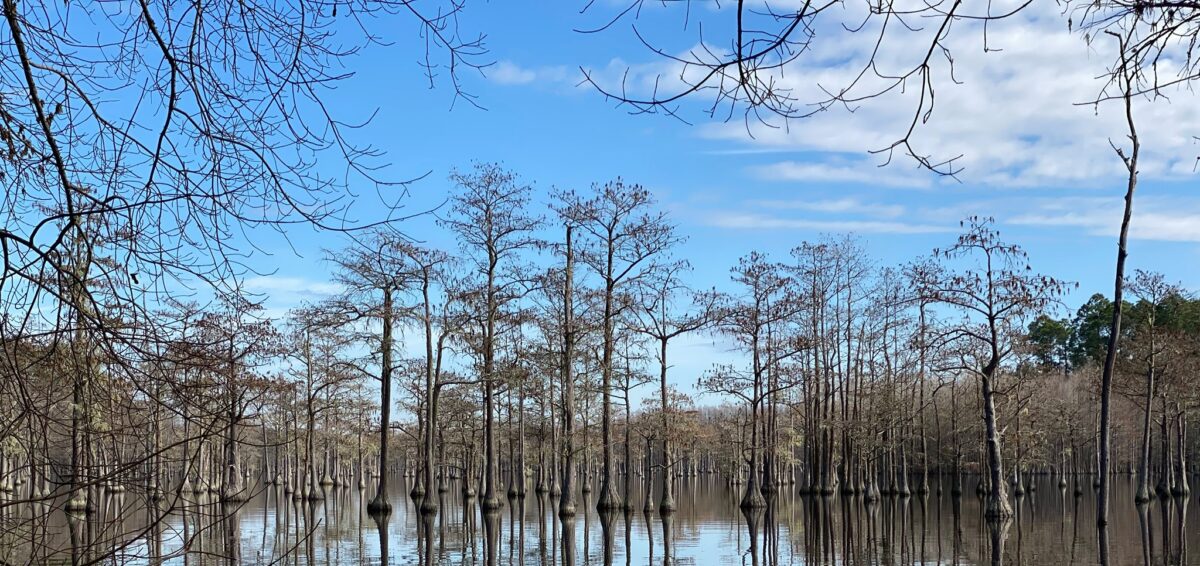Earlier this week I contacted a friend who is a healthcare provider in an urban Northeastern city. They offered to share their personal experiences and perspective on the pandemic as time and energy allow. I am grateful for their insights and commitment to serving the public. I promised that they would not be identified.
March 19, 2020
Let me preface these reflections by stating that I am not truly on the “front lines” at this moment, but I do work with both inpatients and outpatients at a large hospital in the Northeast. My job brings me into direct contact with people who have infectious diseases, some of which may be undiagnosed, on a regular basis. In the past, I worked in EMS through the HIV/AIDs crisis, the Swine flu, SARS, H1N1 and was never as apprehensive as I am right now.
The anxiety and fear here are palpable. It’s like waiting for a predicted tsunami, but a tsunami scenario from which there is almost nowhere to escape. Most of my social circle (which includes medical and non-medical people) are experiencing this same feeling. If you aren’t concerned you should be. Those of us providing healthcare at any level have an increasing sense of dread and worry about what is happening. We wonder about tomorrow, next week, next month and what we will be doing – fear of the unknown. We hear the cries of our colleagues in Italy and other countries who have more sick patients than they can handle, making heart wrenching decisions over who can be saved, trying to allocate scarce equipment resources appropriately, and daily having to choose who will get the chance to live and who will be left to die. It’s a situation that medical providers face in any disaster, but this pandemic may last months. The weight of all of this is already taking a physiological and emotional toll.
As we reduce and eventually eliminate outpatient services and move towards telemedicine provider visits, it means that healthcare providers will most likely transition to other areas of the hospital to supplement staff. Imagine being told that instead of your marketing job, tomorrow you will be doing engineering. You know the product and its capabilities, but you don’t know its design or how to troubleshoot problems when it breaks down. Yes, some skills and knowledge can be carried over to another role, but there is a big learning curve…and in this case lives are at stake. This is a scary situation for care providers because we pride ourselves on providing safe, competent, efficient, and compassionate care. But as patient numbers increase and providers become sick, this situation is inevitable. Angst. Worry. The feeling of impending doom.
While much of the public is shielded from hourly updates on COVID-19, we are not. Our protocols, procedures, staffing, equipment, and communication with coworkers have all changed and continue to update throughout each workday. As the daily stress levels mount for us, we stare in disbelief and horror at the news watching thousands of people on the beach in Florida, or out in Spring Break mobs in bars, carelessly crowding each other and spreading this virus. We have difficult conversations with friends and loved ones who still may be amongst the “non-believers”. We know it is real. This is not the flu. This is not hysteria or the fault of the media. Get your head out of the sand before you infect your elderly parents or grandparents, your neighbor, your friends.
Some may not survive this. Some of my coworkers may not survive this. I don’t want to see your loved one die alone – yes, ALONE. Think on that for a bit. That thought terrifies me and it should terrify you. We have the benefit of learning from the experiences of China, South Korea, and Italy. They have told us to listen to their lessons, their mistakes. Let me tell you that I wept listening to health care providers talk about their dire situation. It’s the recipe for career ending post-traumatic stress disorder. I have already experienced enough sadness in the healthcare field in my prior role as a street EMS provider. I don’t need to take on more. But that is what the healthcare providers need to do, and what we are expected to do. I am willing to do my part, to go where I am needed, to do anything I can to help you or your loved ones in this pandemic. Please do your part and stay home. My life may depend on important action.


